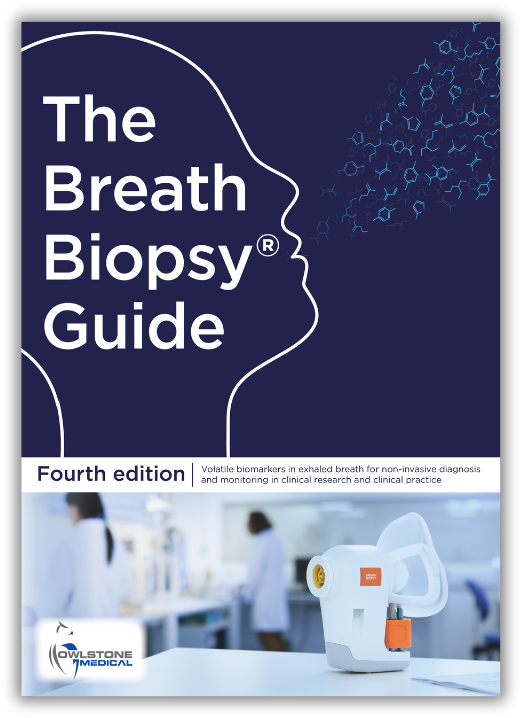Link Between Air Pollution and Higher COVID-19 Death Rates
Published on: 4 Jun 2020
In recent months, the relationship between viral infections and breath has been thrown into the spotlight by the spread of COVID-19. As a pathogen that primarily infects the lungs and that is thought to be spread through exhaled droplets in the air, the role of breath in transmitting the infection has been of critical interest.
The efforts to understand as much as we can about COVID-19 symptoms, transmission and how it affects humans continue. The deaths of those without pre-existing conditions and outside elderly groups have been an enigma to healthcare experts. As a result, many researchers have focused their studies on understanding why some COVID-19 cases are worse than others and what factors influence mortality.
Harvard T.H. Chan School of Public Health has recently shared their research looking at the correlation between long-term exposure to air pollution and COVID-19 mortality in the United States. Data on the number of COVID-19 deaths across 98% of the population and county-level long-term average air pollution (measured as PM2.5) measurements were used in this biostatistical analysis. The findings reveal an increase of 1 μg/m3 in PM2.5 is associated with an average 8% increase in the COVID-19 death rate [1].

A previous study in 2003 looked at the correlation between fatality of SARS and air pollution in China. Cui et al. demonstrated a positive association between air pollution and SARS case fatality [2].
What is PM2.5?
Particulate matter 2.5 (PM2.5), also referred to as fine particles, are tiny particles or droplets in the air that are less than 2.5 microns across (e.g., sulfates, nitrates, organic carbon, elemental carbon, and soil dust). High levels of PM2.5 in the air can reduce visibility and cause the air to seem foggy. On a very clear day, the PM2.5 concentration can be 5 μg/m3 or below [3]. In 2019, the average annual PM2.5 concentration in New York (USA) was 7 μg/m3, London (UK) 11.4 μg/m3 and Beijing (China) 42.1 μg/m3. Delhi (India) was the capital city with the highest PM2.5 average at 97.6 μg/m3 [4].
PM2.5 ia an air pollutant and high levels can be damaging to people’s health as such it is considered carcinogenic to humans by the International Agency for Research on Cancer (IARC) [5]. The concentration of PM2.5 over a 24 hour period is considered unhealthy for sensitive groups when it is above 35.4 μg/m3 , and unhealthy to all when over 55.5 μg/m3 [4].
PM2.5 is small enough to stay suspended in air, and therefore can be breathed in and penetrate deeply into the human respiratory system. PM2.5 is known to be a leading driver of heart disease and stroke, lung cancer, and respiratory infections the world.
Our results underscore the importance of continuing to enforce existing air pollution regulations to protect human health both during and after the COVID-19 crisis.
Wu et al. 2020
The study by Wu et al. provides an early demonstration of the possible impact of environmental factors on health and ultimately on the risks of infections such as COVID-19. The findings add to the growing body of evidence around air pollution as a factor in respiratory infections.
To find out more about breath sampling for COVID-19 research click here.
References
- Wu et al. (2020) Exposure to air pollution and COVID-19 mortality in the United States: A nationwide cross-sectional study. https://projects.iq.harvard.edu/covid-pm
- Cui et al. (2003) Air pollution and case fatality of SARS in the People’s Republic of China: an ecologic study. DOI: 10.1186/1476-069X-2-15
- Bliss Air (2019) What is PM2.5 and Why You Should Care. https://blissair.com/what-is-pm-2-5.htm#
- IQAir (2019) 2019 World Air Quality Report – Region & City PM2.5 Ranking. https://www.iqair.com/world-most-polluted-cities/world-air-quality-report-2019-en.pdf
- Loomis et al (2014) The International Agency for Research on Cancer (IARC) evaluation of the carcinogenicity of outdoor air pollution: focus on China. DOI: 10.5732/cjc.014.10028
Download the Breath Biopsy Guide to learn about breath biomarkers and their applications

